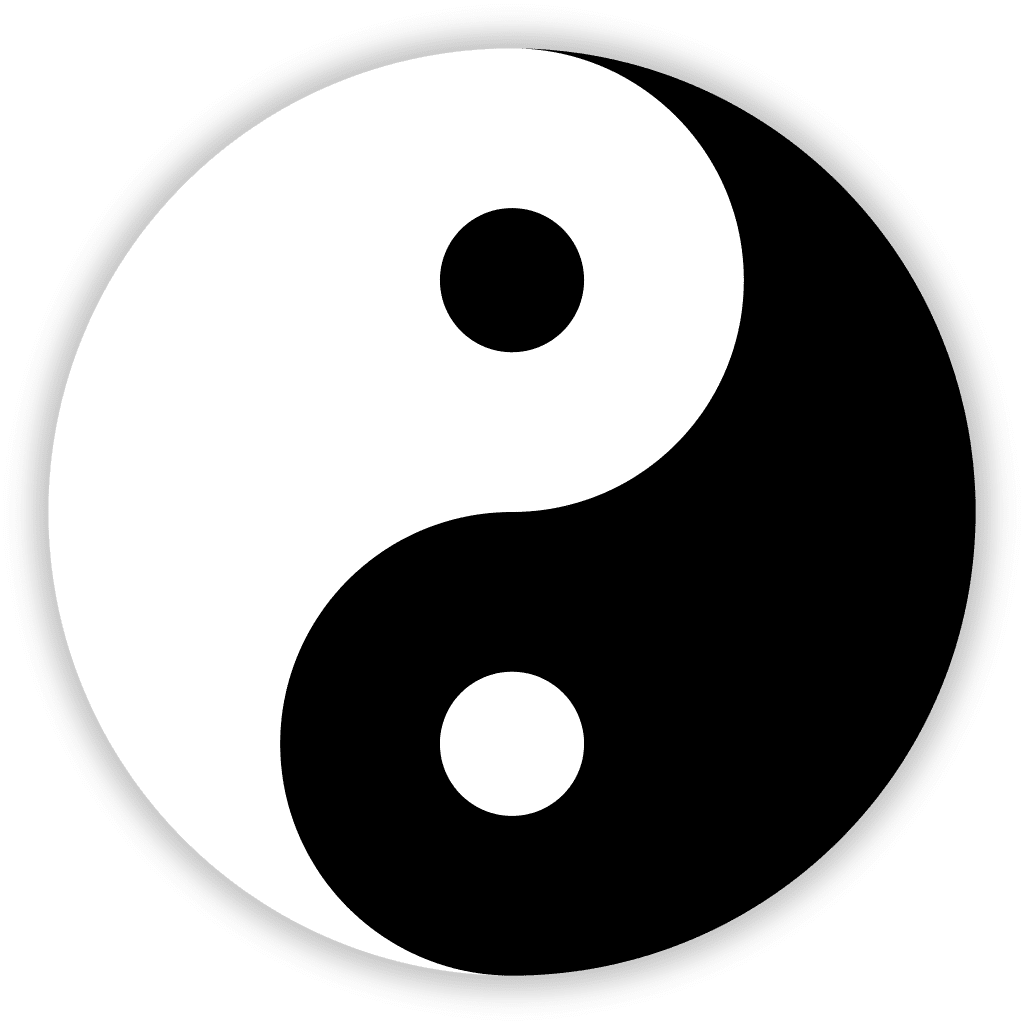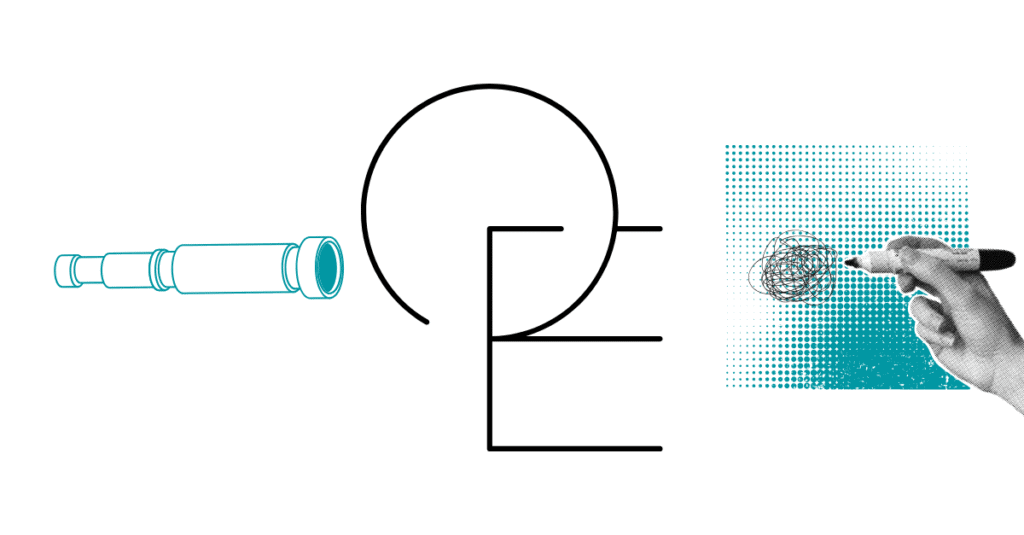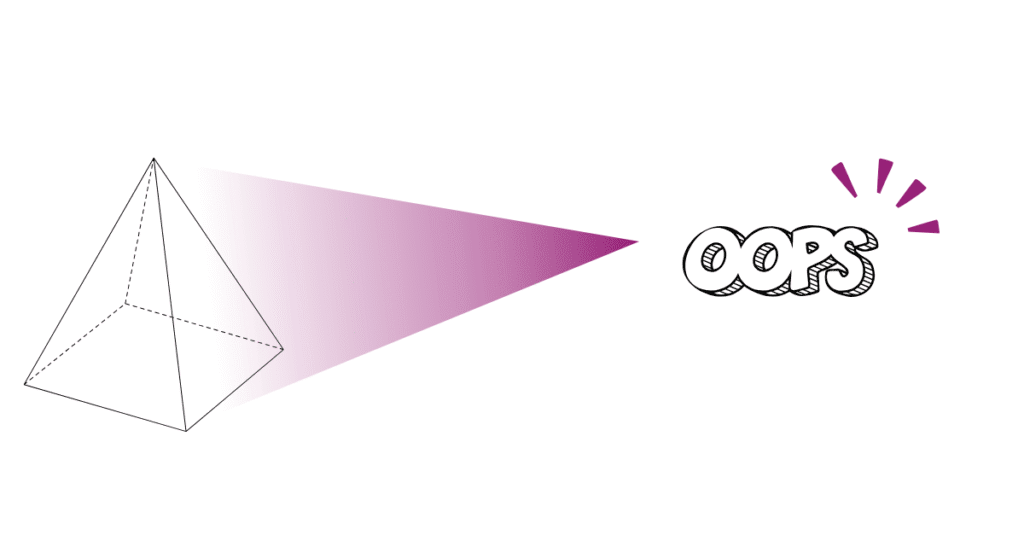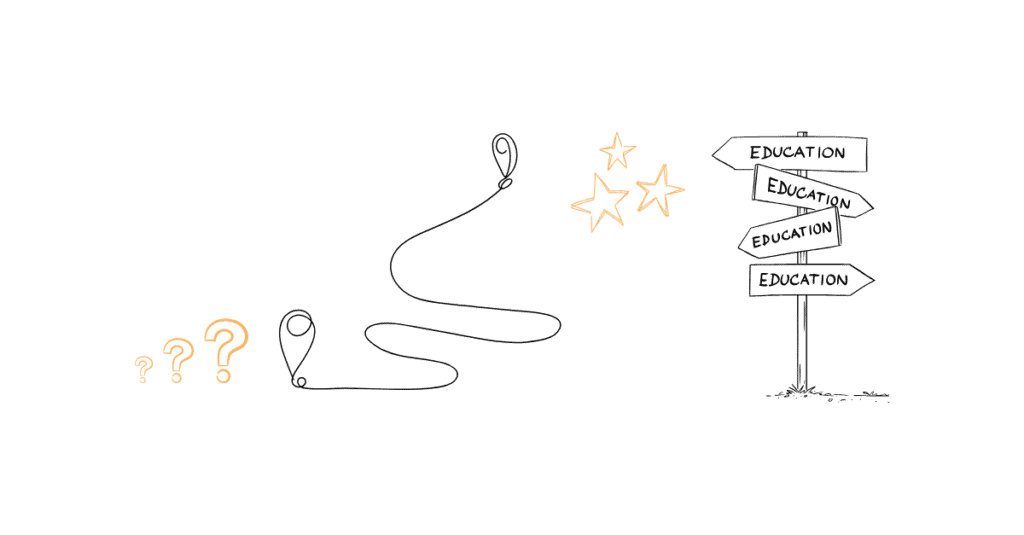In 2001, the American director Ron Howard made the wonderful film “A Beautiful Mind”, which portrays the life and work of the mathematician John Nash. The film shows Nash’s life and his work in the field of game theory, for which he won the Nobel Prize in Economics in 1994. However, his psychological problems due to schizophrenia are also portrayed.
The film and the life of John Nash are interesting: it shows an important trait of John Nash in his tendency to dualistic thinking. Nash’s genius is often attributed to his ability to see patterns and connections that others could not. However, it is precisely this extraordinary talent that leads him into a vortex of delusion and paranoia.
Duality and Polarity
An important distinction should be made at this point, which will accompany us in the following: Namely, between duality and polarity. While duality denotes two quantities that are antagonistically opposed (and mutually exclusive), polarity unites the two quantities in a complementary relationship.
Philosophy has been concerned with this difference for centuries. In German idealism, for example, the concept of polarity has special significance in Schelling and Hegel. Hegel, for example, speaks “of a difference in which the different are inseparable.”
In Chinese philosophy, both Daoism and Confucianism, polarity is also a central concept. It is referred to there as Taiji – often mistakenly used as shorthand for the martial art of Tàijíquán (shadow-boxing). Taiji can probably best be translated as “The Very Great Outside.” It is seen there as the highest principle of the cosmos, uniting complementary opposites (yin and yang). Yin (“the dark”) and Yang (“the light”) unite at the summit, precisely at Taiji. Taiji is the common force (the mountain) from which the apparent opposites (sun and shadow) emerge. Translated with www.DeepL.com/Translator (free version)

Polarity is movement, duality is standstill
Thus, in the understanding of polarity, the two poles become visible, but are the starting point for a movement to create balance and harmony. Life takes place in the in-between and flows between the poles. We do not have to decide between “light” and “dark”, but can have both. The movement and flow in between is what polarity is all about. Duality, on the other hand, manifests the opposites and forces us to choose either or the other. Simultaneous existence is ruled out.
My colleague Michael Pohl described this important difference in his last article. The thought process of the tetralemma presented there follows the idea of polarity. The tetralemma enables the balance between the poles and focuses on the space in between. By dissolving dualism, new solutions emerge.
Duality and the Prisoner’s Dilemma
Let’s return to John Nash (“A Beautiful Mind”) once again. The film is not only about Nash’s struggle with schizophrenia, but also about his pioneering contributions to game theory. The Nash equilibrium (NGG), named after him, is related to the thoughts on duality and polarity already elaborated.
The NGG describes non-cooperative games in which there is no communication between the two players. The NGG is a state in which it is not worthwhile for either player to change their decision – because they would get worse.
A well-known example is the Prisoner’s Dilemma. In the Prisoner’s Dilemma, a good solution for both can only arise if an individually suboptimal decision is made. One could also say that here the idealistic attitude of the other player must react upon in order for the global optimum to emerge.
However, this is not a stable state. There is a great temptation to unilaterally deviate from this state, but this also leads the other player to change his strategy. In the end, both are worse off than in the global optimum.
Why do we make bad decisions?
So the cooperative strategy is only worthwhile if each trusts that the other player will also cooperate. This can be applied to many decisions in private and business life.
Suppose two companies are competing in the same market segment and have the options of setting high or low prices. If both companies cooperate and a stable pricing strategy takes place, then both achieve a moderate return in the market.
If one company does not cooperate and aggressively reduces prices unilaterally, then it may achieve a higher market share and a higher return at the expense of the competitor. However, if the other company then also enters the price war (i.e., sets low prices), then this leads to the downward spiral for both companies. Both earn less than in the cooperative strategy. Does this sound familiar?
Beyond Duality: The Harvard Concept “Getting To Yes”
Another interesting approach comes from a line of research that deals with negotiation strategies. In 1979, Harvard University launched what is known as the Harvard Program. The program’s mission is to improve the theory and practice of conflict resolution and negotiation. To do this, it works with real conflict interventions and develops and disseminates new approaches.
This resulted as early as 1981 in the influential book “Getting to Yes: Negotiating Agreement Without Giving In”. It has sold 15 million copies and was translated into 35 languages. Again, it is about overcoming duality and striving for a global position that unites conflicting interests.
The art is to expand the solution space in such a way as to find mutually beneficial solutions. The Harvard concept, named after the project, consists of four simple basic rules for negotiation:
Separate people from the problem.
Focus on interests, not positions.
Develop mutually beneficial options.
Insist on the use of objective criteria.
The second and third basic rules in particular are based on the idea of integrative negotiation and thus on overcoming duality. In dual (non-integrative) negotiation, only one side can win and thus inevitably the other side can lose. However, by focusing on the real interests (and not the expressed and tactical positions), it is precisely options for mutual benefit (win-win solutions) that can be developed. After all, a lazy compromise is far from being a good solution.
Overcome Duality through Dialogic Principles
The observations the authors made about typical communication problems are also interesting:
Not speaking directly and clearly to the other party
not actively listening to the other party, but only listening to refute what the other party says, and
misunderstanding or misinterpreting what the other party says.
Here are some dialogic concepts that we also address in our leadership trainings. How do you manage to listen to build real and human connections? How do you find out what the other side really, really wants?
Duality vs Polarity in leadership
By the way, overcoming duality also results in quite exciting approaches in coaching and mediation, which we train in our work with leaders. For example, the GROW concept, a leadership tool from coaching leadership, follows very similar principles to the Harvard concept:
G=Goal: What is the goal? What are the true interests?
R=Reality: Where do I stand? What is the situation?
O=Options: What are the possible solutions? How can I use my strengths and resources?
W=Way: What does the solution look like? What are the next steps?
Here, too, the art lies in genuine and active listening (or better listening) to identify the true needs and develop appropriate solutions.
Keyword communication
This brings us to communication in our little tour – where else? You surely know the three most important leadership competencies, don’t you? (Resolution: 1. Communication, 2. Communication, 3. Communication).
When we talk about communication, Friedemann Schulz von Thun can’t be missing. As a communication psychologist, he has developed quite outstanding tools for communication. We recommend is his book “Talking to Each Other: Communication Psychology for Managers”, by the way very manager-friendly with many pictures and relatively little text.
You will find a model that is very much reminiscent of overcoming duality and the transition to polarity: the values square. It uses basic features of dialectics and attempts to overcome the division of human characteristics and behaviors into “good” vs. “bad.” It states that “(…) values only have a constructive effect if they are vivid and realized in endured tension with a countervalue (…)”.
Schulz von Thun speaks of “complementary sister virtues”. Only through polarity and the “both/and” can the exaggeration of one pole be avoided. Authenticity (honesty, openness) quickly turns into naive bluntness or overreaching if diplomacy or tact are missing. Conversely, diplomacy becomes a manipulative facade if there is too little honesty and authenticity.
Summary and outlook
What do we learn from this? Our first of 17 principles of New Leadership (“Integrative Thinking”) can be found in many places, domains and centuries. Apparent opposites dissolve when we take a higher, holistic perspective. So the art is to look for the integration of apparent opposites. The opposites do not disappear, they only combine into a higher value.
We began with Nash’s schizophrenic disorders, which arise from a separation of opposites. Inner conflict arises from the rejection of our inner conflicts. We may also allow polarity (“The Inner Team”) and find peace with ourselves. We ourselves are a contradiction!
Another point is the distinction between duality and polarity. In Western and Eastern philosophy this is important for a successful life. The transition to polarity leads to movement – and to the balancing of opposites.
A bit more “earthly” is game theory. It clearly shows that better solutions only emerge when we take a higher perspective. Trust and cooperation are important core values here.
The Harvard concept shows that good negotiation solutions can only emerge from integrative approaches by focusing on mutual benefits and also making the solution space the subject of negotiation.
The key here is communication based on dialogical principles, so that a virtue only represents a real value if it is skillfully balanced with a counter-value.
Finally, I offer you a small exercise. Think about where you last encountered a duality in your everyday life (either-or) and make a hypothesis: it is a polarity. Then simply ask yourself the following question:
“Under what conditions are the currently irreconcilable opposites no longer opposites?”
(Prof. Frank Widmayer)
Read more:
“17 Principles of New Leadership”
“Integrative Thinking – Dualism and Ambidexterity in Organizations” (Michael Pohl)
“Tetralemma – Escaping the either/or fallacy” (Resource)
“Getting to Yes: Negotiating Agreement Without Giving In” (Roger Fisher & William Ury, 1981)
“Prisoner’s Dilemma” on Wikipedia

Core principles, competences and practices for modern leadership.









